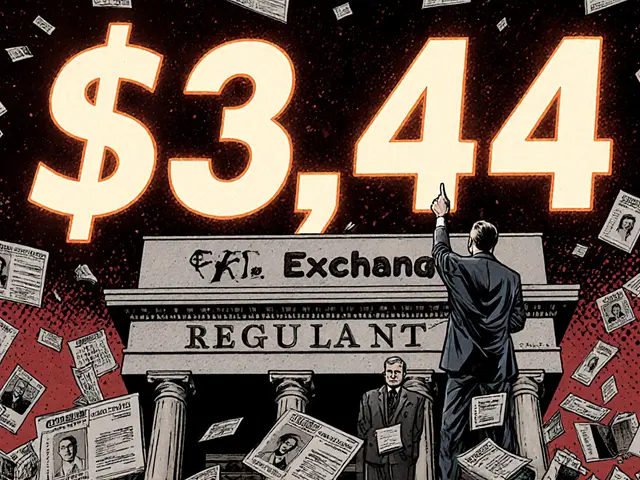Privacy Blockchain – The Core of Confidential Crypto
When talking about privacy blockchain, a network that embeds confidentiality directly into its protocol, protecting transaction data from prying eyes. Also known as confidential blockchain, it blends cryptography with blockchain fundamentals to let users transact without exposing details. This approach is gaining traction because it solves the biggest criticism of public ledgers – openness at the expense of privacy.
One of the most influential building blocks is modular blockchain, an architecture that separates consensus, data availability, and execution into independent layers. Projects like Celestia showcase how this separation lets rollups focus on smart‑contract logic while a dedicated layer guarantees that data is published and can be sampled efficiently. The layer‑2 friendly design also creates room for privacy‑enhancing modules to plug in without overhauling the whole chain.
Key Concepts in Privacy‑Focused Blockchains
Another cornerstone is the zero‑knowledge proof, a cryptographic technique that proves a statement true without revealing the underlying data. Zero‑knowledge rolls up into privacy blockchains as zk‑SNARKs or zk‑STARKs, enabling users to prove they own funds or performed an action without showing balances or transaction details. Because the proof size stays tiny, networks keep high throughput while still delivering strong confidentiality.
data availability, the guarantee that all necessary blockchain data can be retrieved by anyone who needs it plays a subtle but vital role. In a privacy setting, you still need to verify that the hidden data truly exists. Sampling techniques, like those used in Celestia’s latest Ginger upgrade, let validators confirm data availability without downloading the whole dataset, reducing bandwidth and keeping privacy nodes light.
Beyond the tech, blockchain voting, a decentralized governance method where token holders cast votes on chain adds a layer of accountability. When privacy features are baked in, voting can happen without exposing how each participant voted, thanks to blind signatures or homomorphic encryption. This boosts trust in governance decisions and aligns with the broader goal of keeping user activity confidential.
Other safeguards like slashing protection and validator monitoring round out the ecosystem. Slashing ensures that malicious actors who try to break privacy guarantees face economic penalties. Tools such as CubeSigner help validators keep their keys safe while still participating in privacy‑centric networks. All these pieces – modular layers, zero‑knowledge proofs, data availability sampling, voting privacy, and slashing defenses – interlock to form a robust privacy blockchain.
Below you’ll find a hand‑picked collection of articles that dig deeper into each of these components. Whether you’re curious about Celestia’s modular rollout, want a practical guide to zero‑knowledge implementation, or need tips on securing validators, the posts ahead break down the concepts step by step. Dive in to see how privacy blockchains are reshaping the crypto landscape and what you can do today to stay ahead of the curve.






